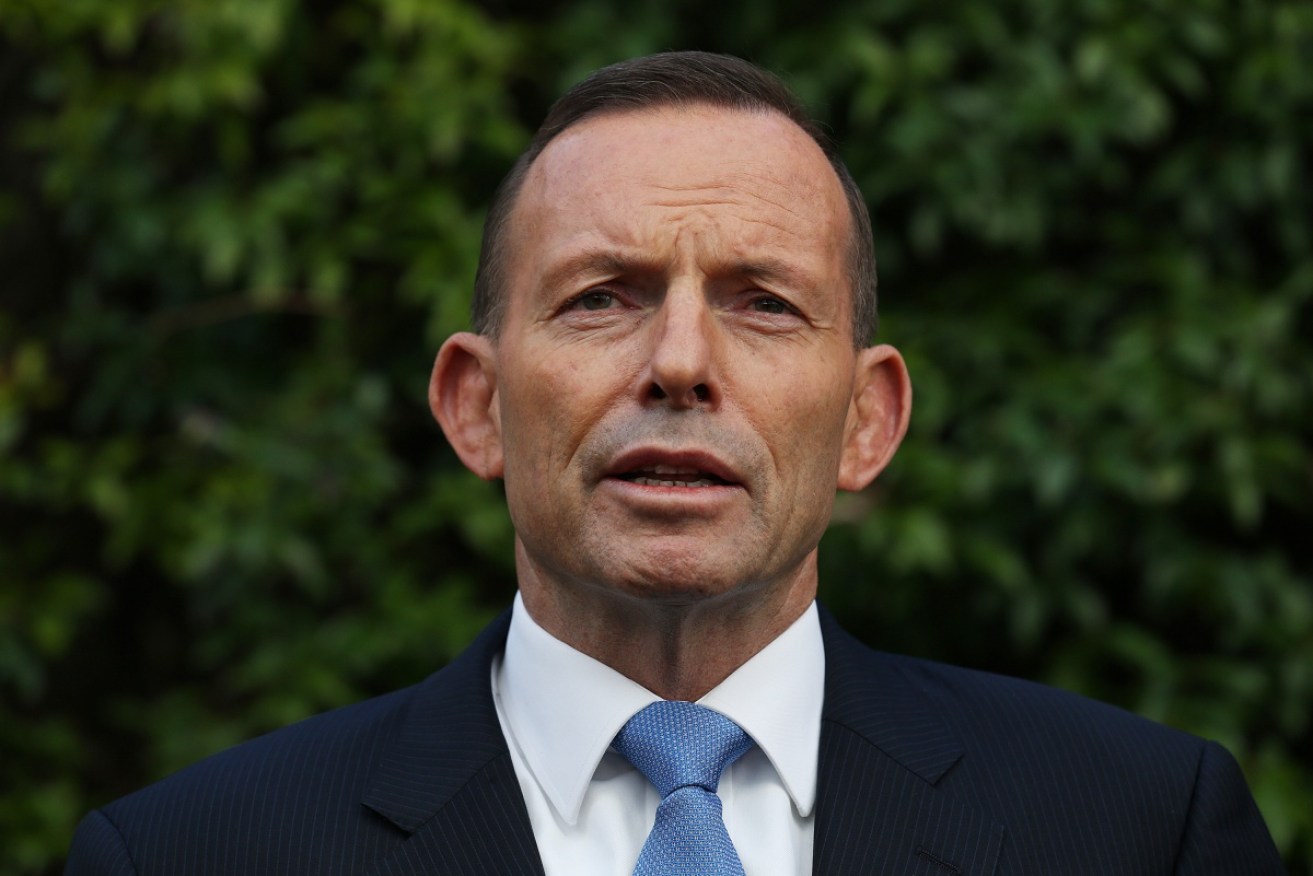New food origin labels coming

New food labels that would force companies to reveal how much of their product is Australian grown have been given a cautious tick by consumer groups and farmers.
But there are concerns over the costs to business and continuing consumer confusion as companies will not have to tell buyers where the non-Australian portions of the product are sourced.
It means consumers will not be able to tell if the other ingredients come from China or Indonesia or the United States, unless the company offers the information voluntarily.
• Sorry. ‘Made in Australia’ is not what you think
• Pranksters help ‘Aussie Made’
• Seven food-labelling tricks exposed
The labels unveiled by Prime Minister Tony Abbott in Canberra on Tuesday include the familiar green and gold kangaroo and triangle icon to indicate locally processed produce.
There will be a bar chart showing the percentage of ingredients from Australia.
“It is really a very simple and straightforward initiative,” Mr Abbott told reporters.
AusVeg – the peak body for vegetable growers – is concerned the labels “fall well short” of a genuine food labelling system and risk “letting down the people of Australia”.
“(The labels) will leave consumers none the wiser about the origins of imported produce contained in food manufactured here,” deputy chief executive Andrew White said.

Proposed country of origin food label designs, June 2015.
Consumer advocate group CHOICE agreed the labels did not go far enough, and it was concerned recent global trade agreements could be behind the decision to “deny consumers the full picture”.
“Unfortunately the new system leaves it up to the manufacturers to voluntarily declare the origin of a product’s main ingredient,” spokesman Tom Godfrey said.
However, AusVeg is pleased the “made from local and imported ingredients” tag, which confuses buyers, will be binned.
Industry Minister Ian Macfarlane shares the body’s enthusiasm for ditching the phrase.
While co-announcing the labels, he expressed frustrations as a former peanut farmer that his nuts are marketed with the meaningless: “Made in Australia from local or imported peanuts.”
The labelling will become mandatory from 2016 with a transition period for small business, though the voluntary take-up process means labels could be on shelves this year.
Mr Abbott acknowledged there had long been public support for the move.
He justified the extra $37 million a year cost to Australian business as providing consumers with more information.
Agriculture Minister Barnaby Joyce said the figure equated to an extra one cent in $5.
However, the Australian Food and Grocery Council warned the cost burden would fall hardest on small businesses and companies that are subject to seasonal variations in sourcing ingredients.
Chief executive Gary Dawson urged the government to take a flexible and practical approach during the transition because of the extra red tape the changes would impose on industry.
The changes call for a clarification of the definition of “Made in Australia” so that the practice of importing ingredients and slicing them locally is no longer covered.
Products that are imported and repackaged in Australia will identify the origin country.








